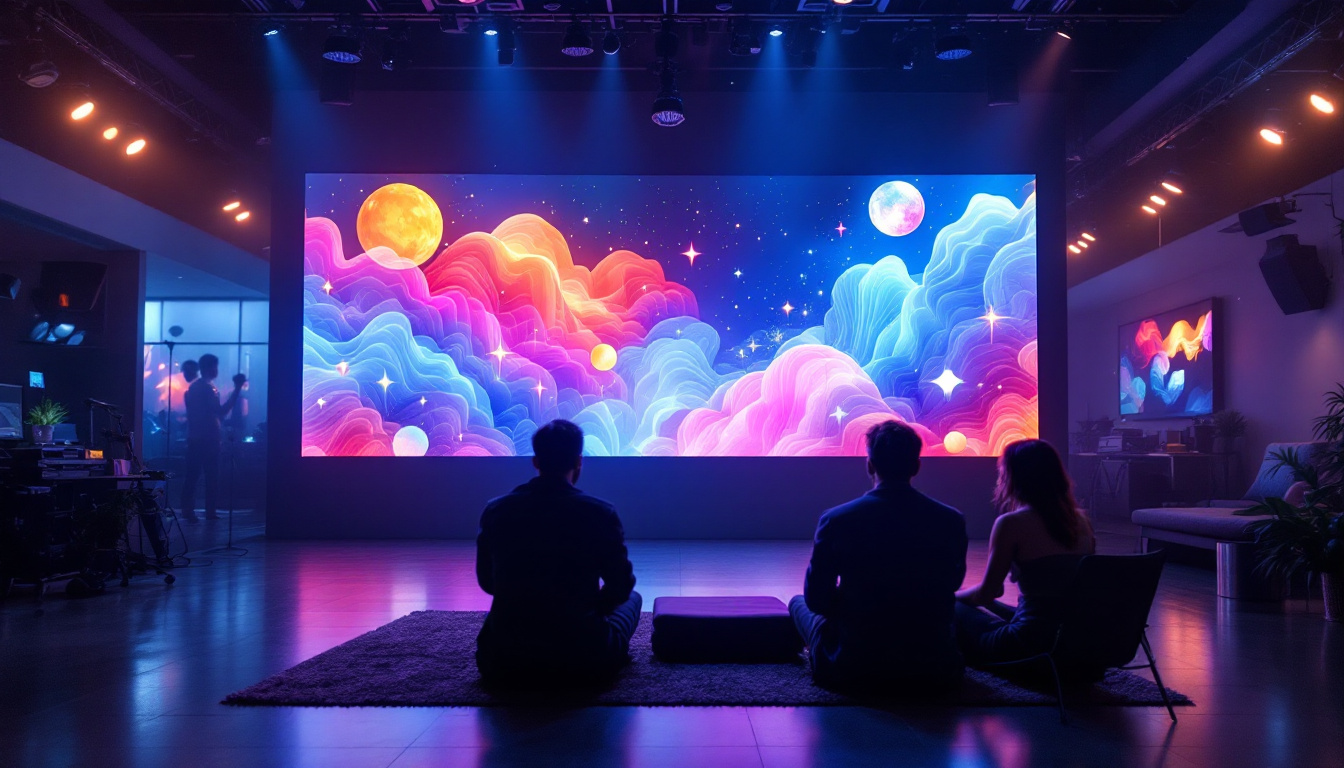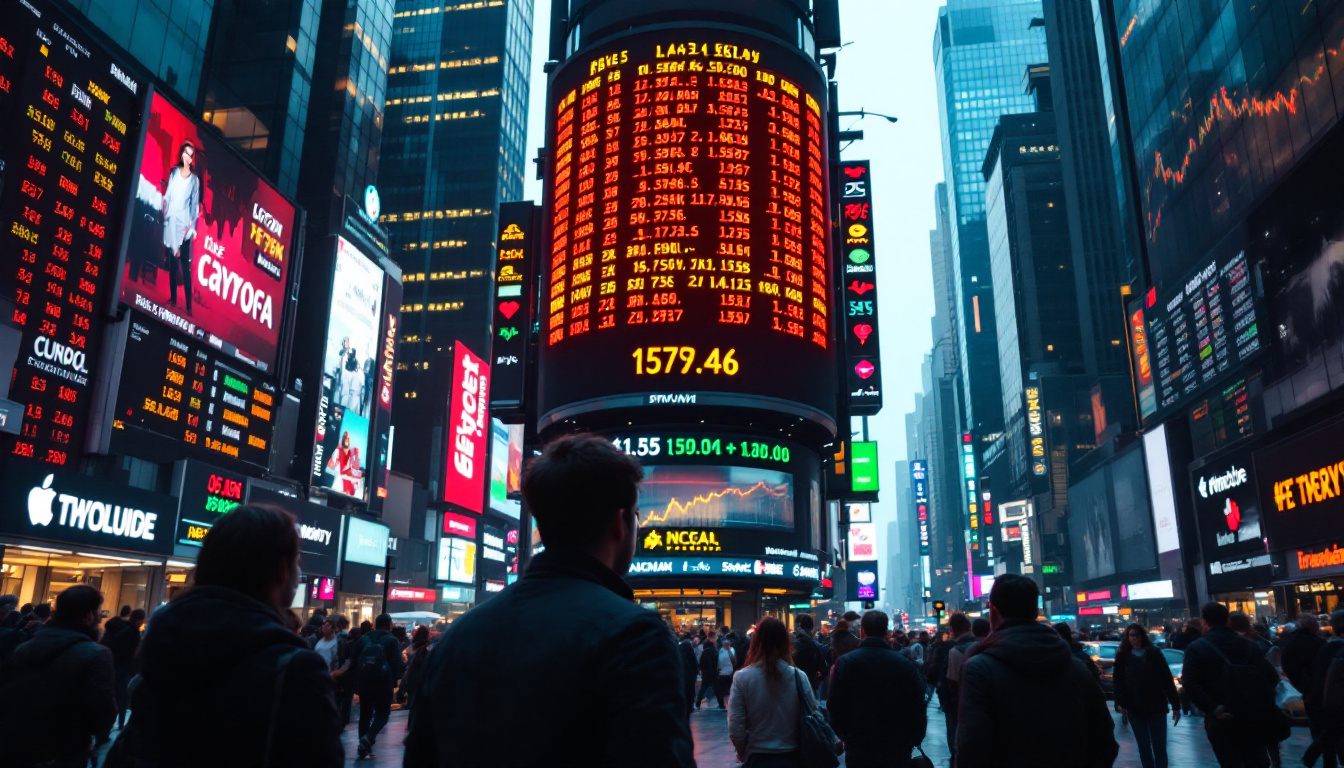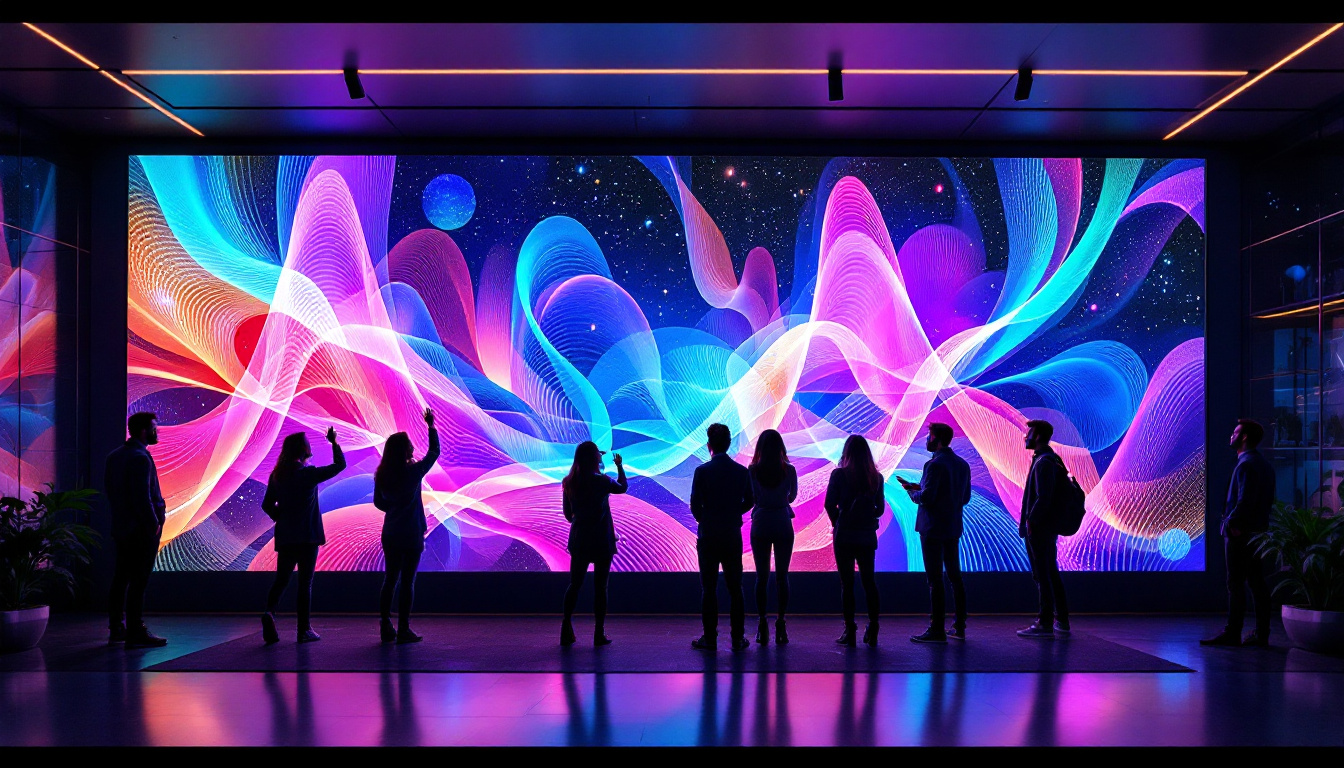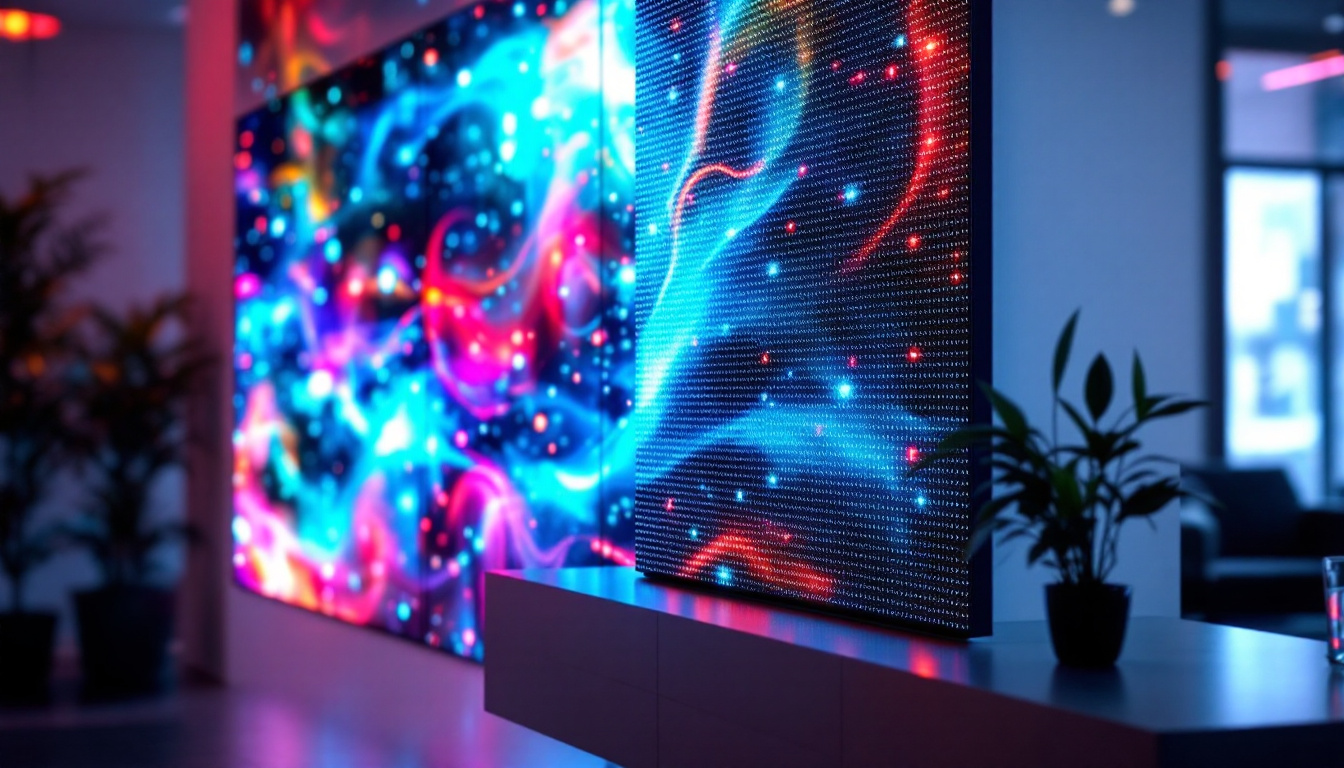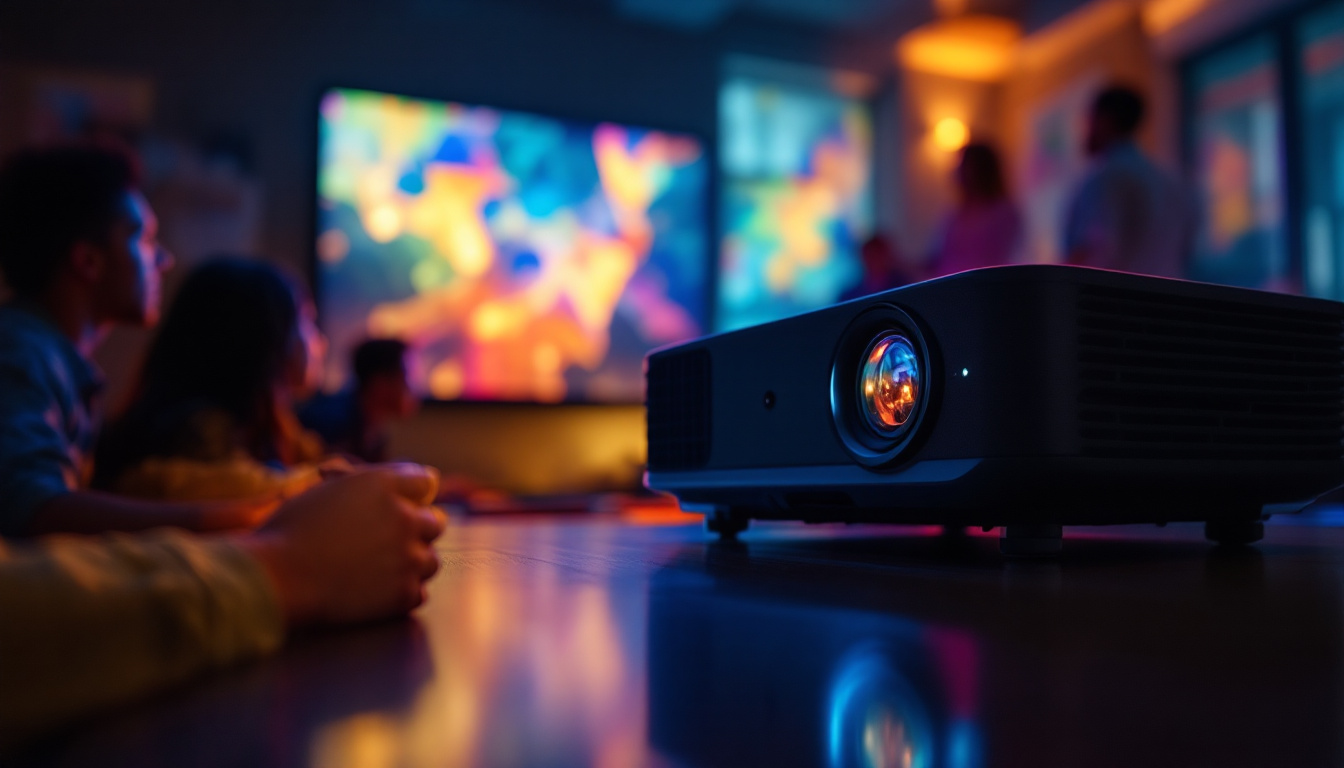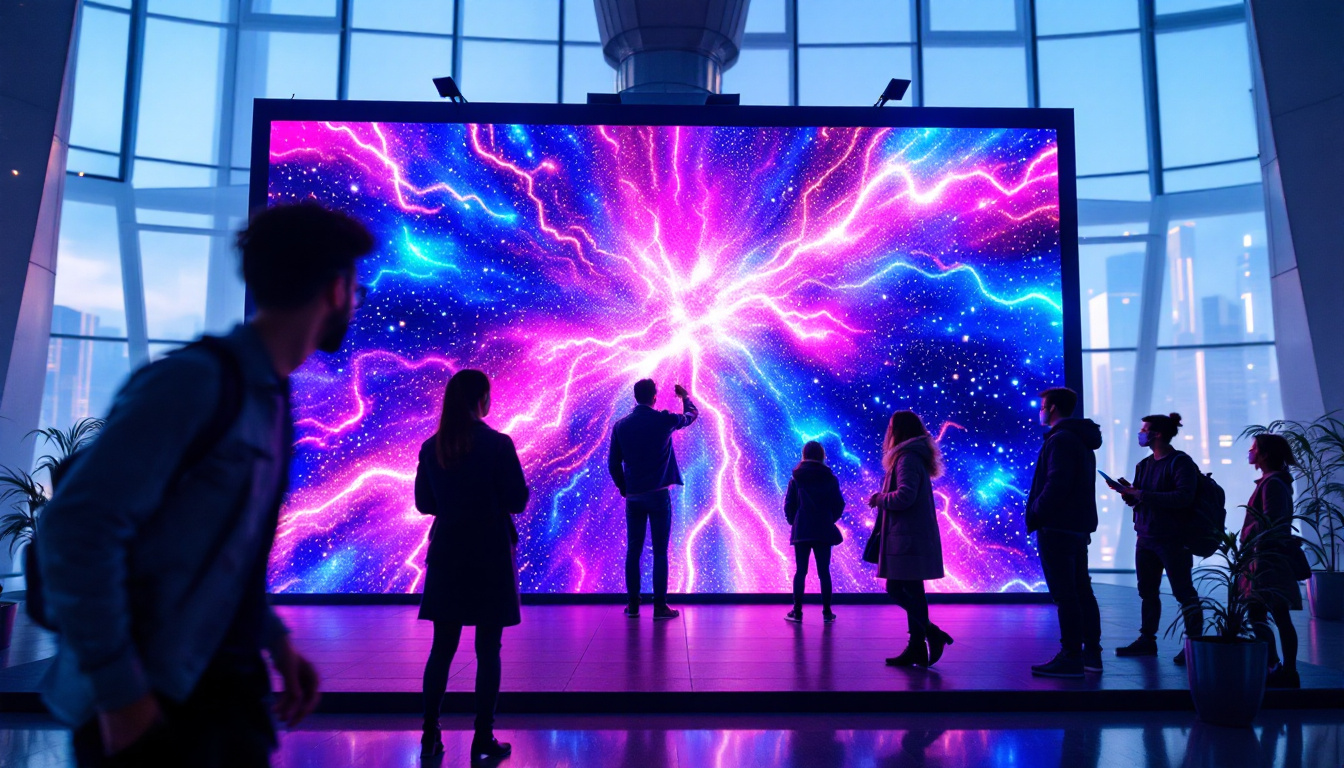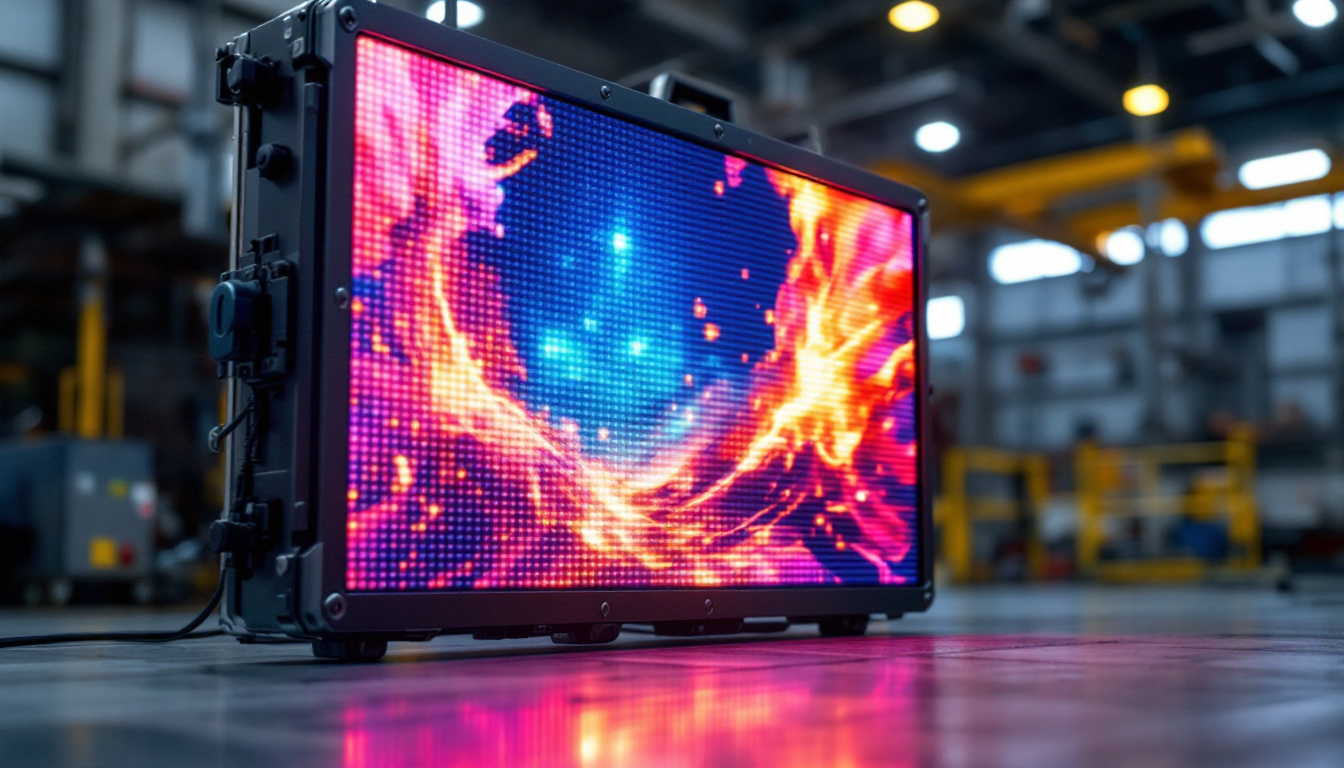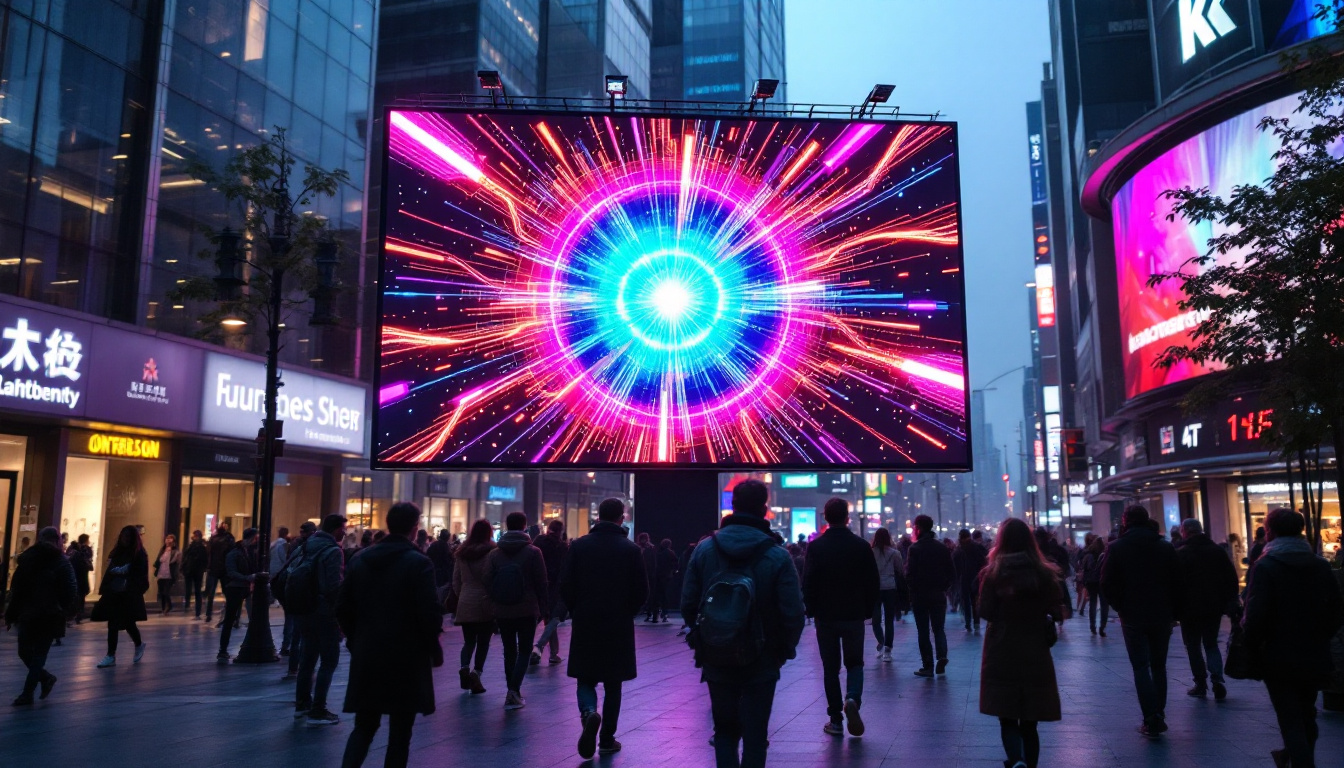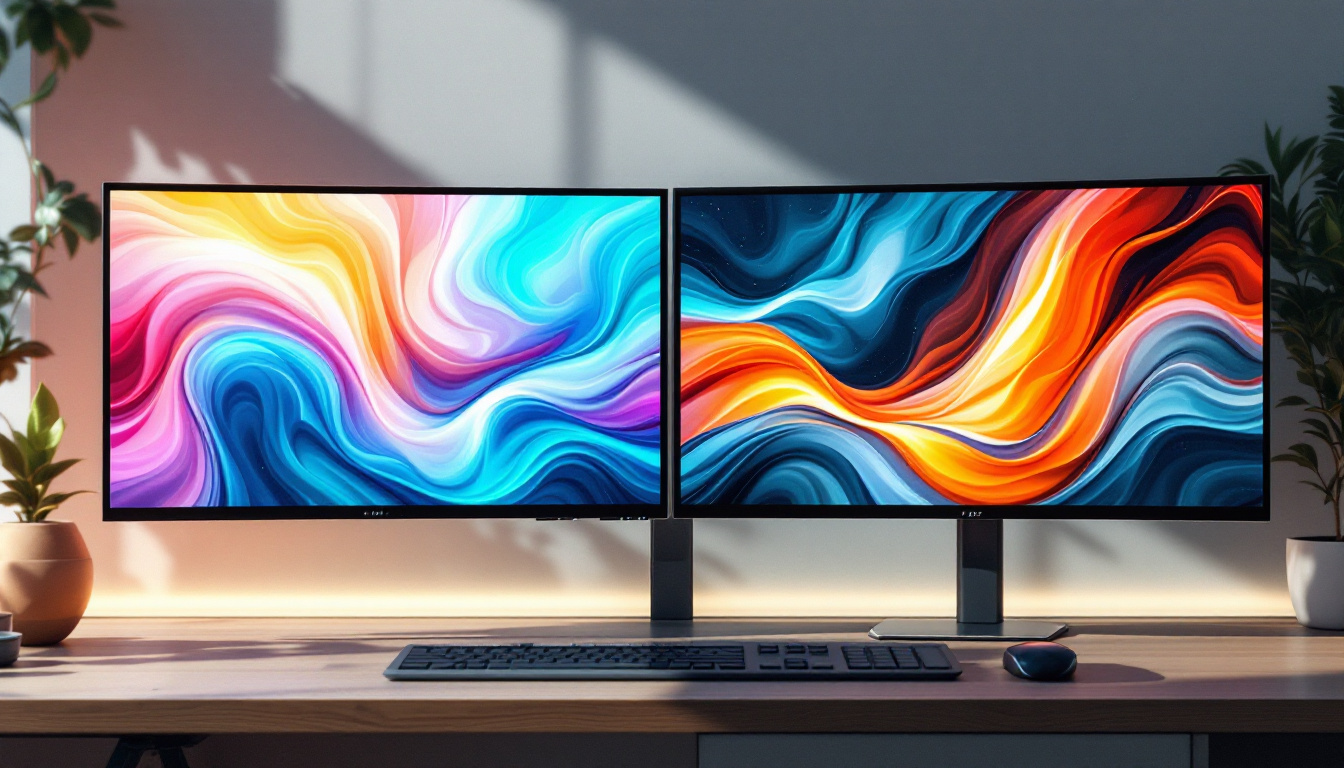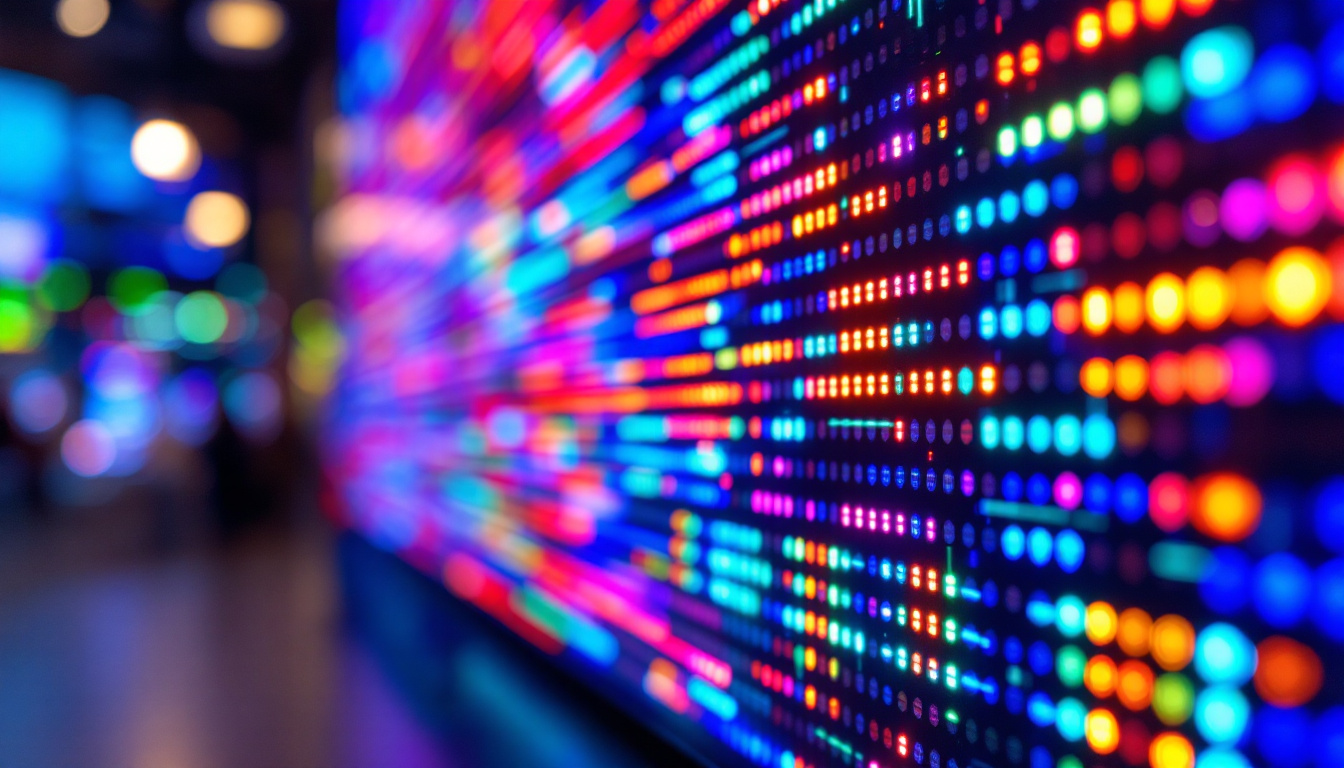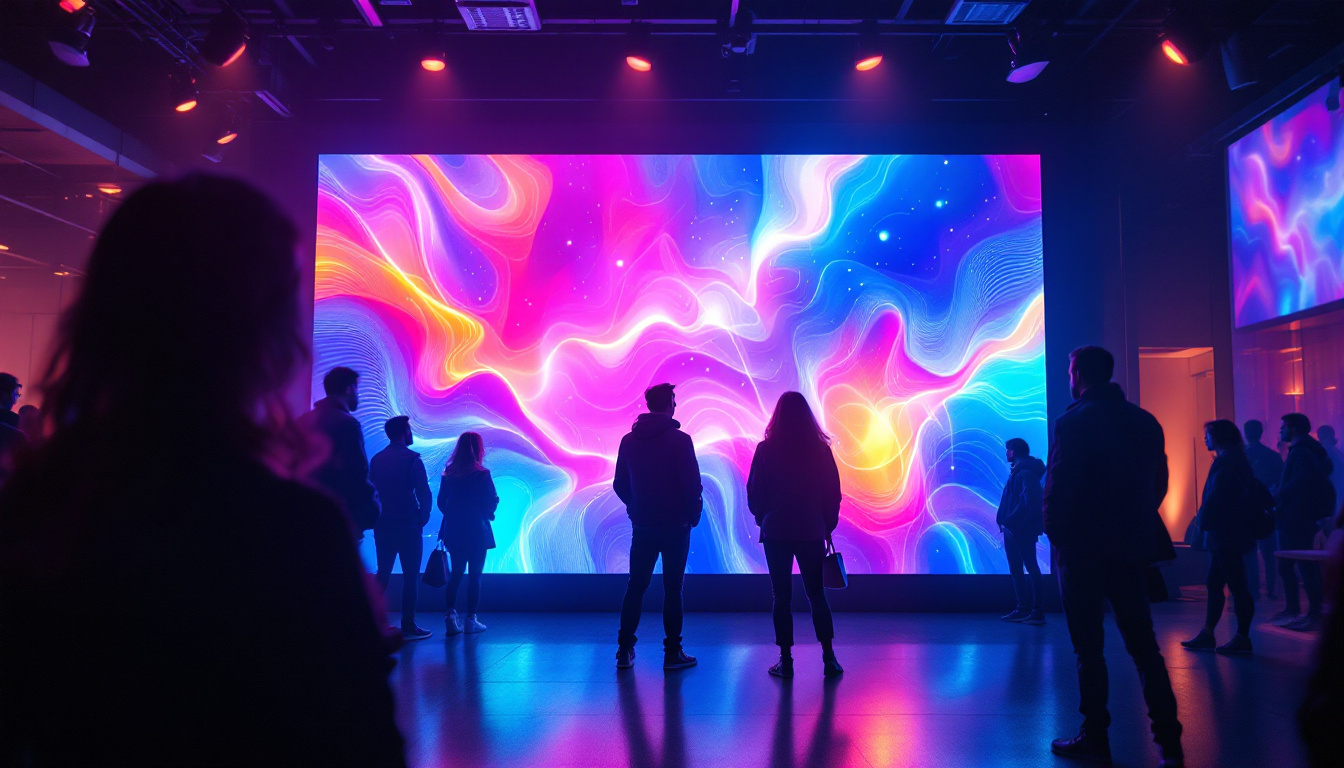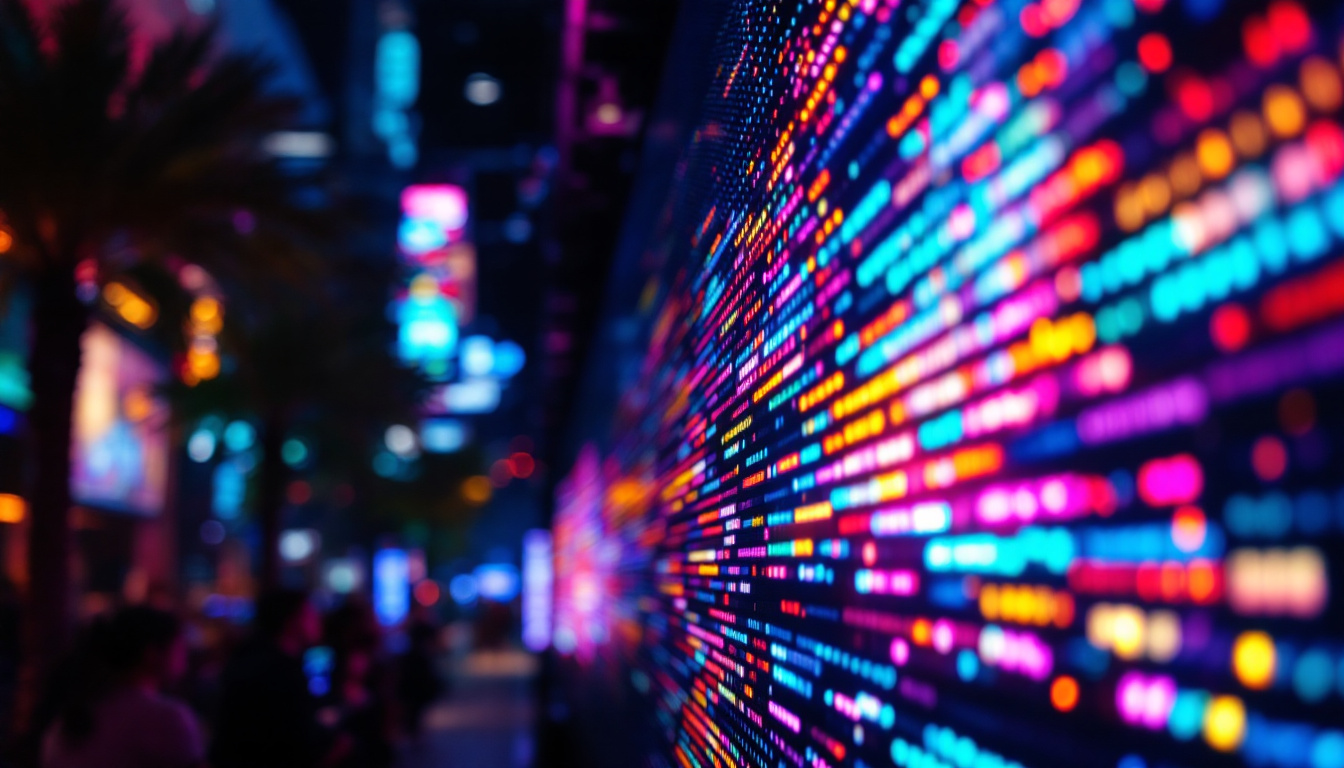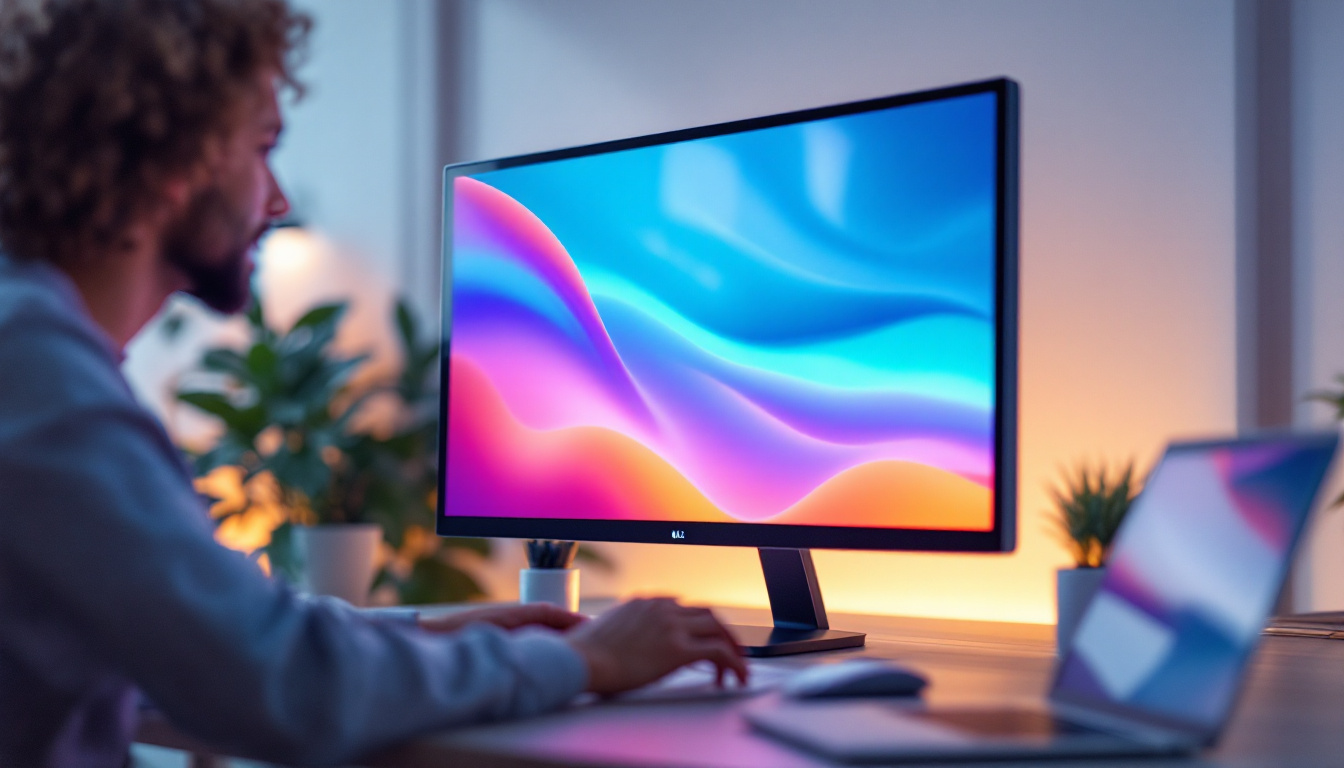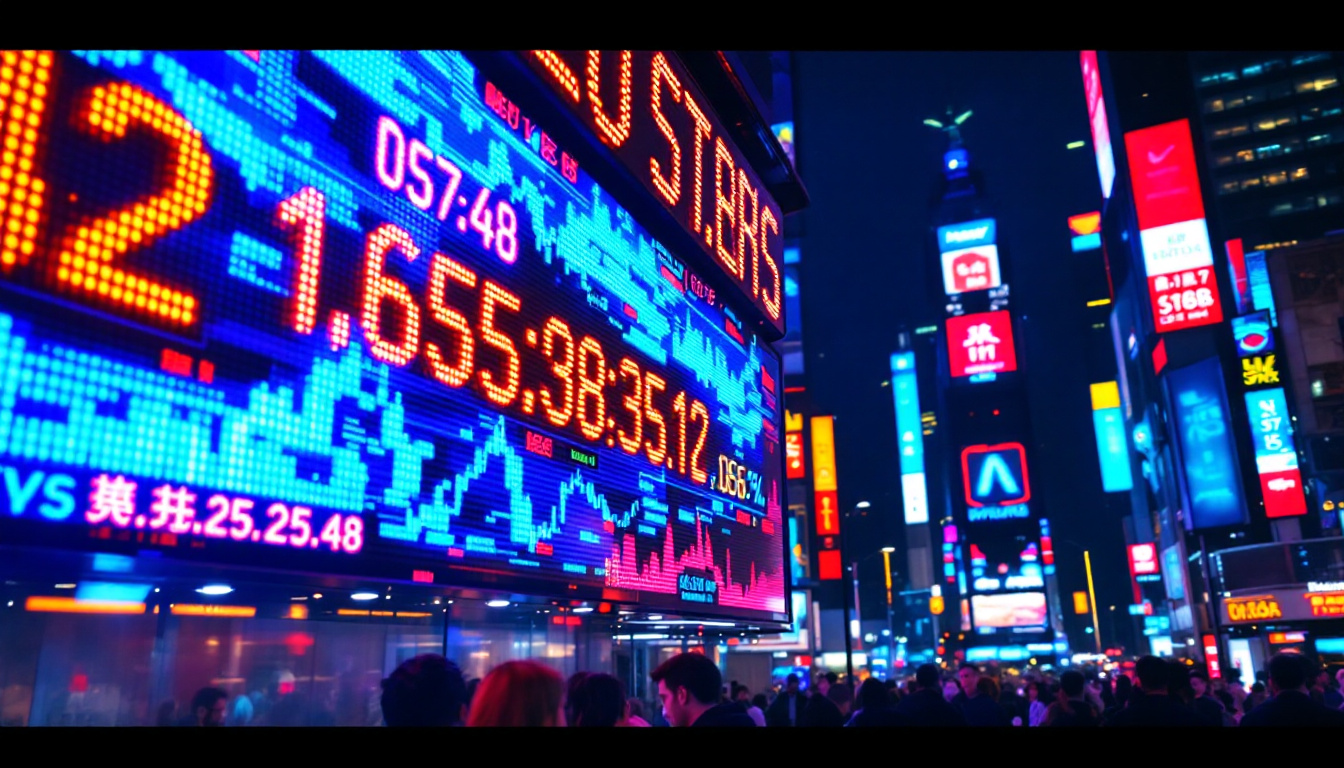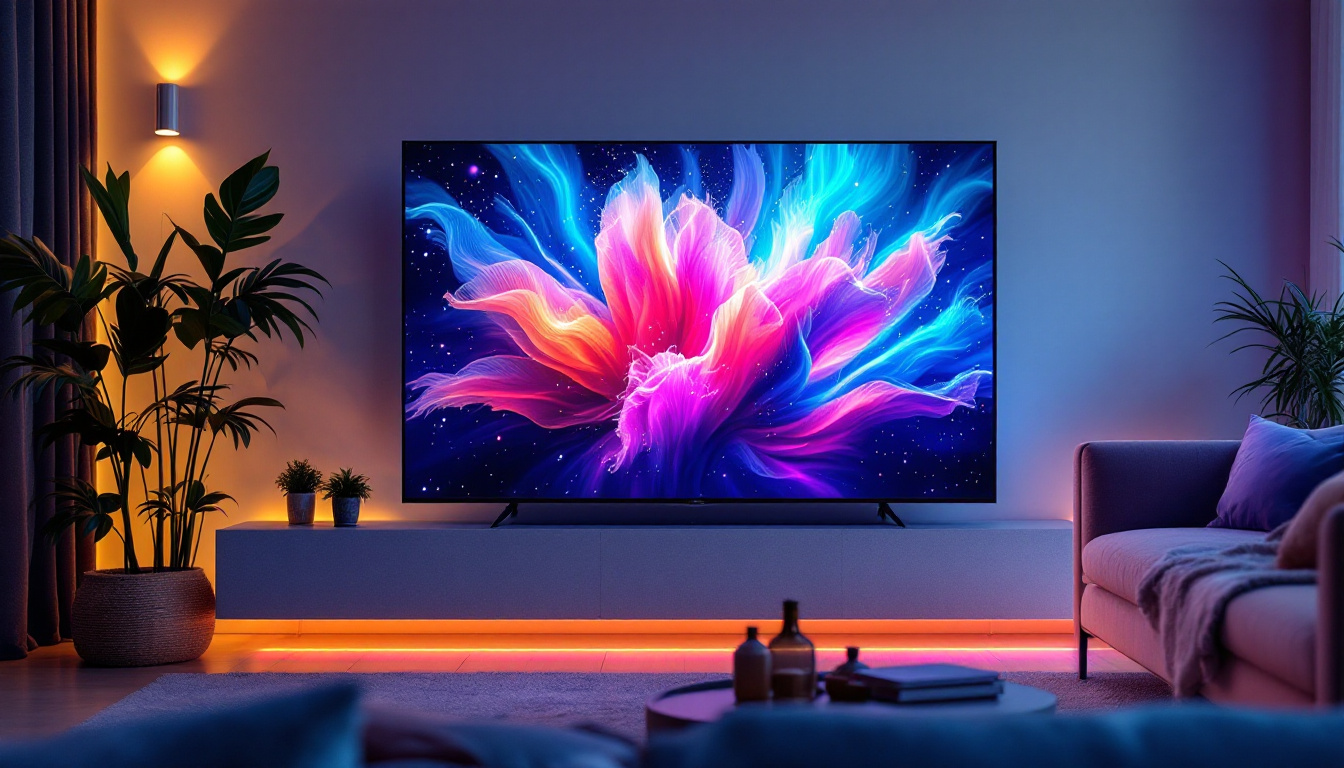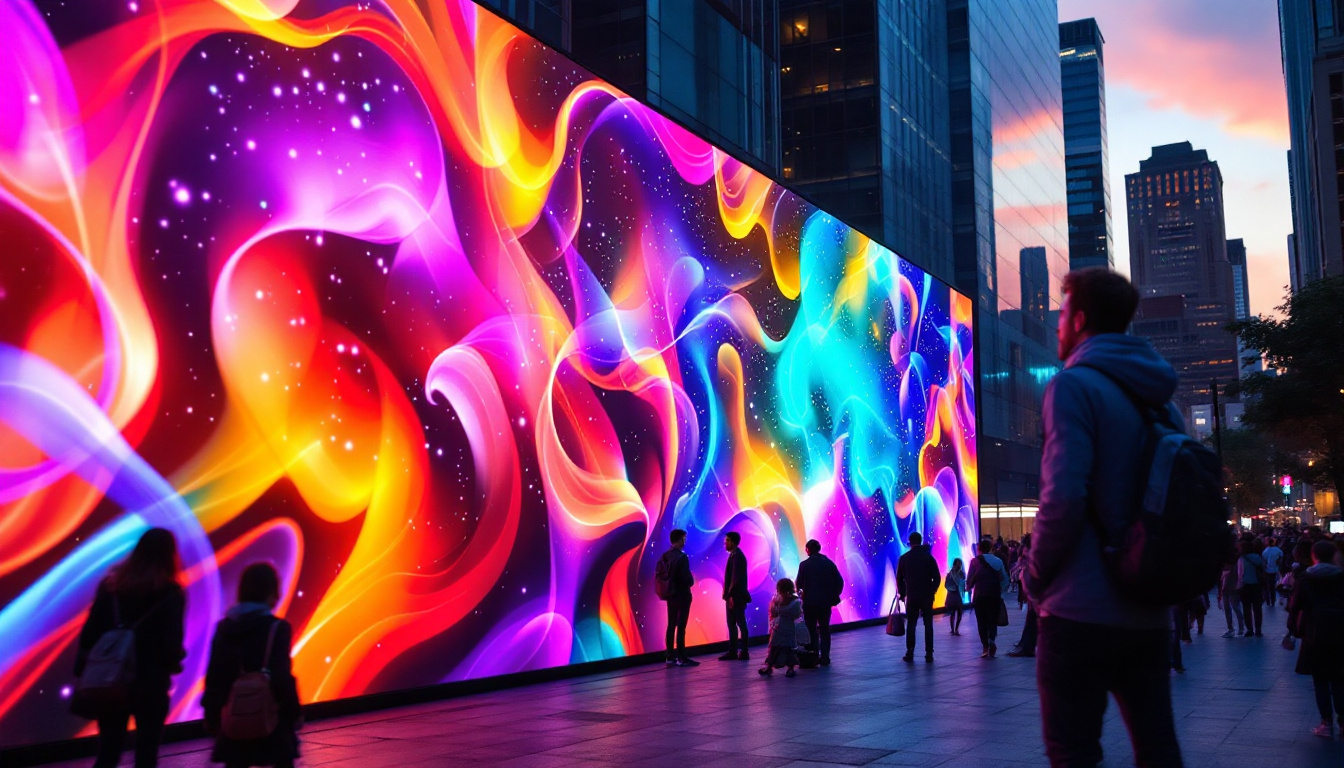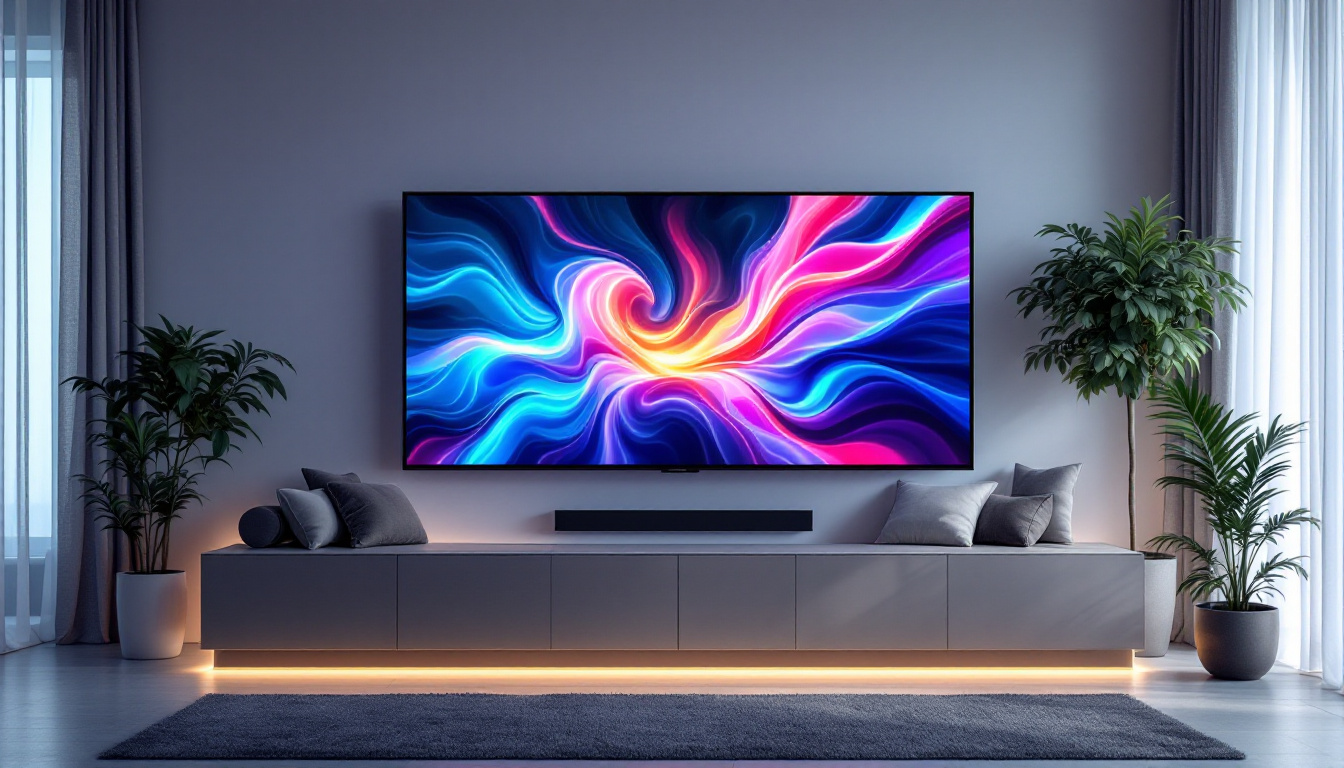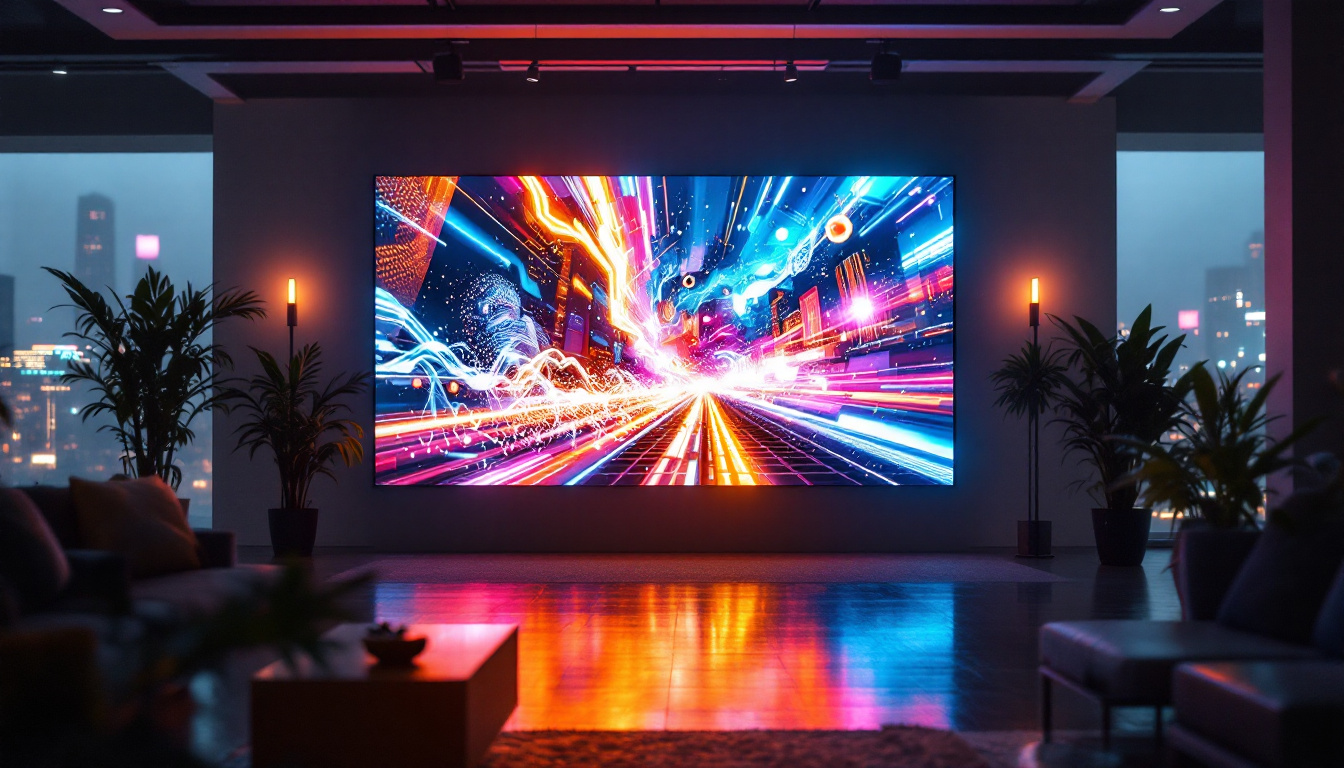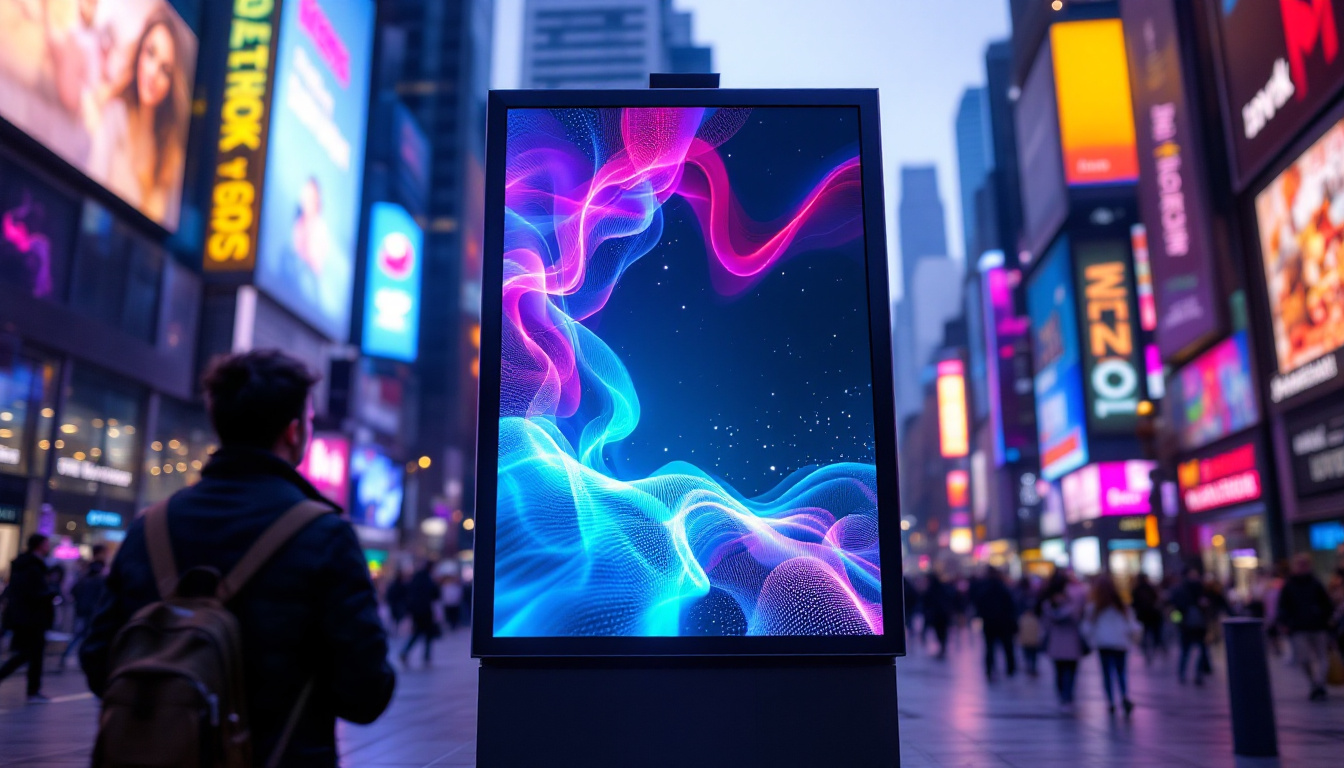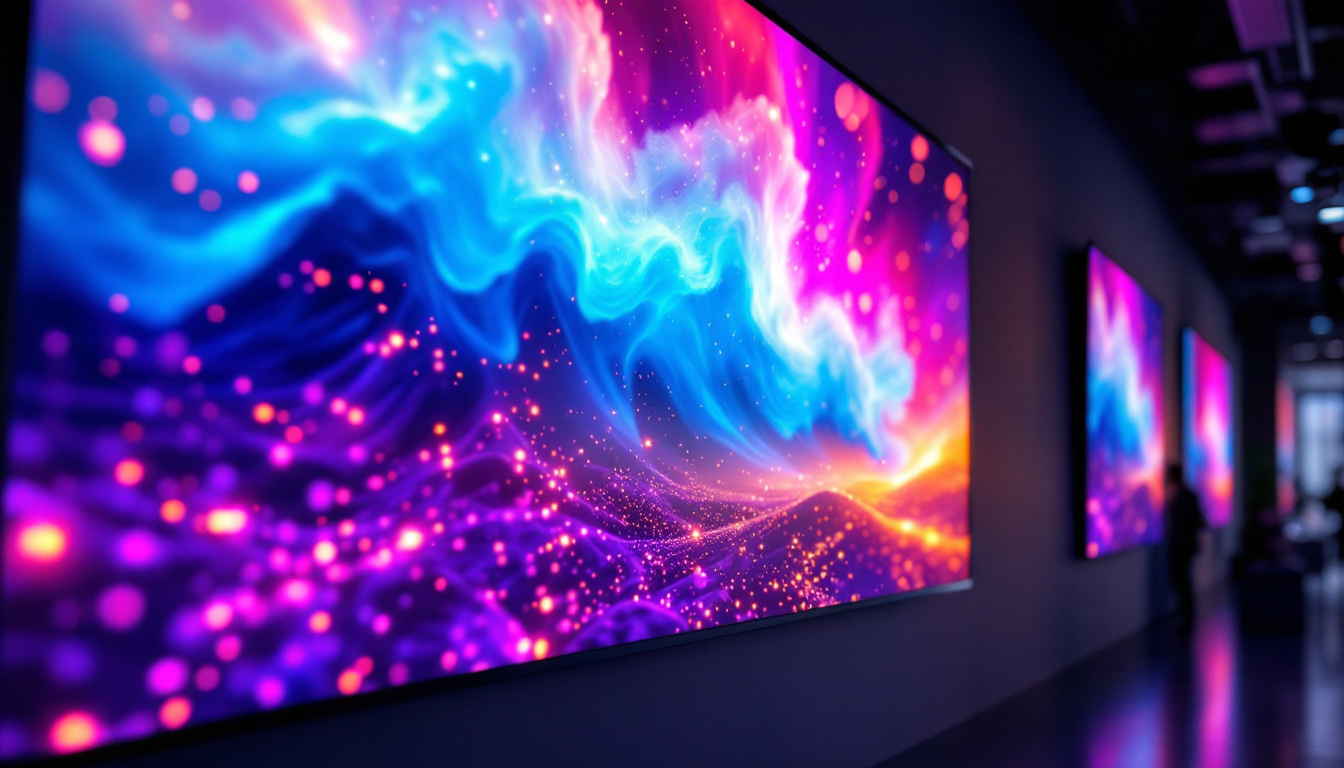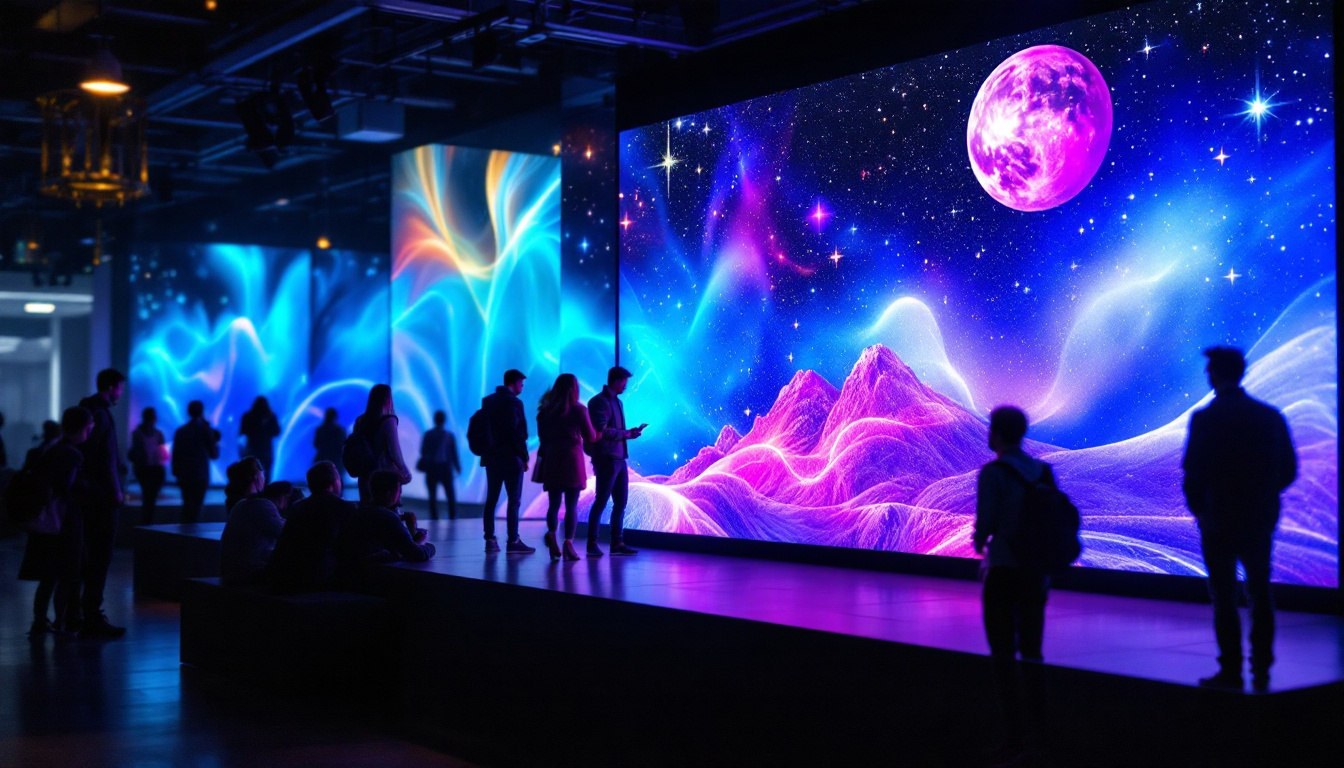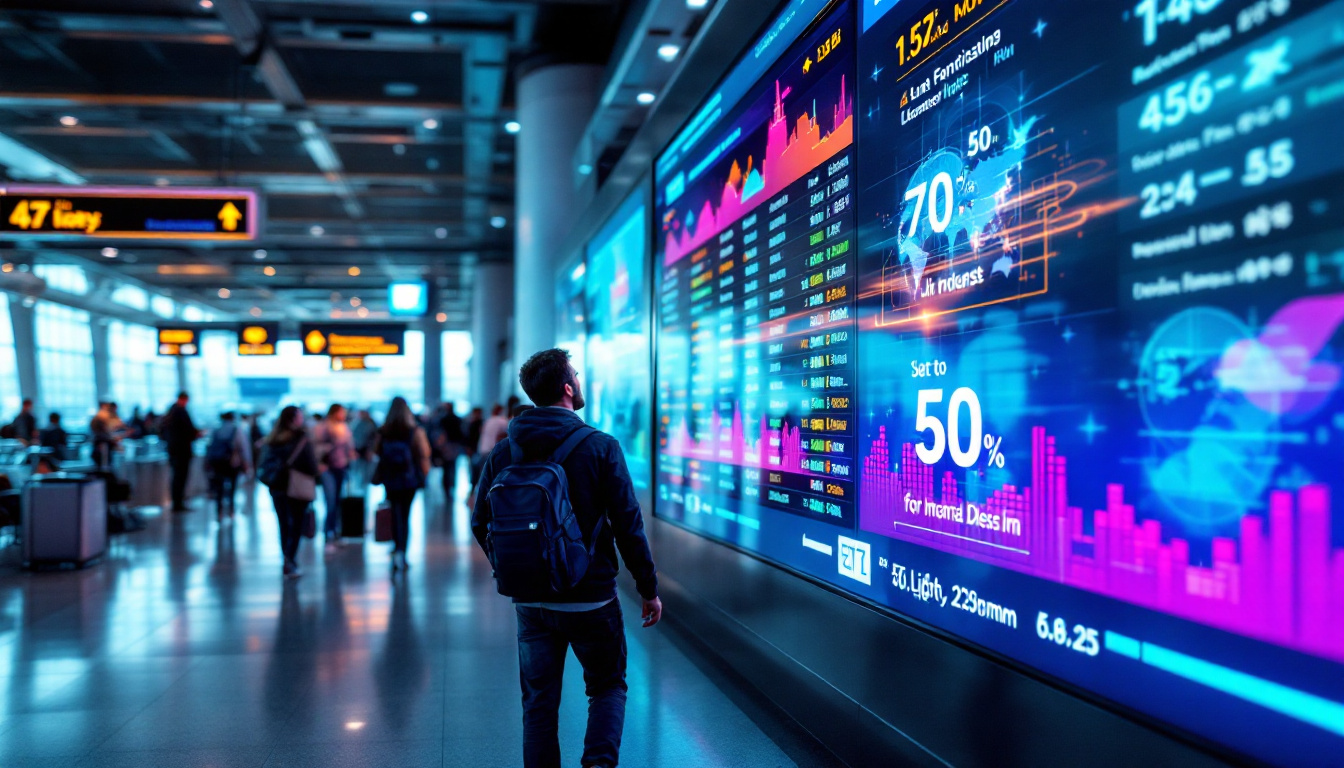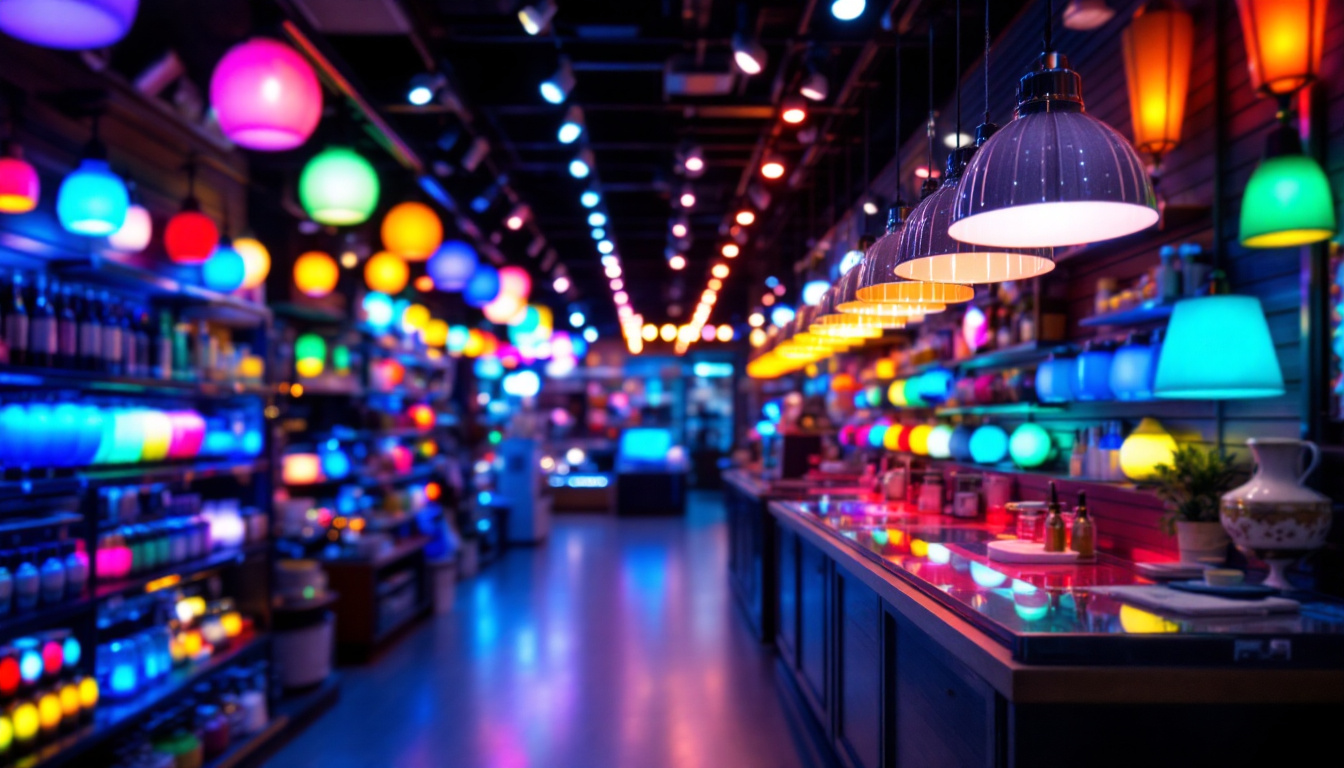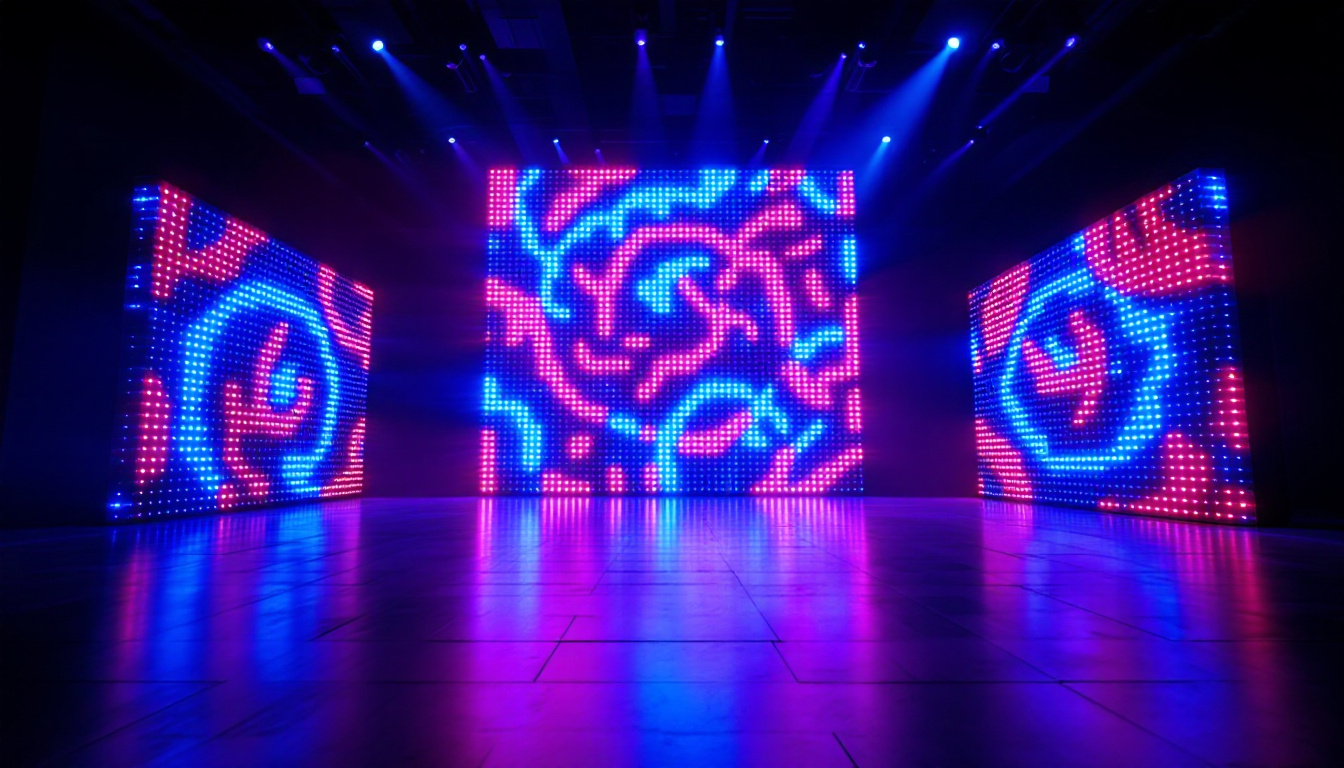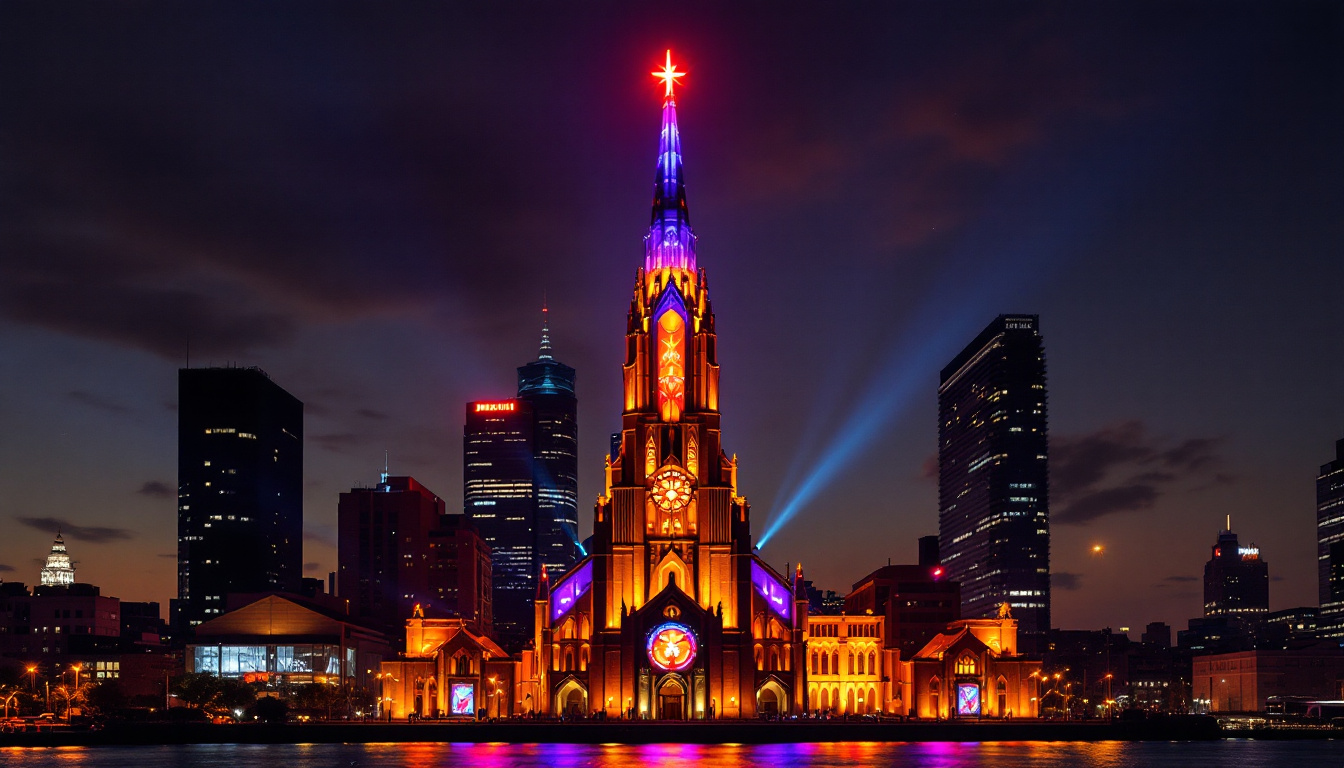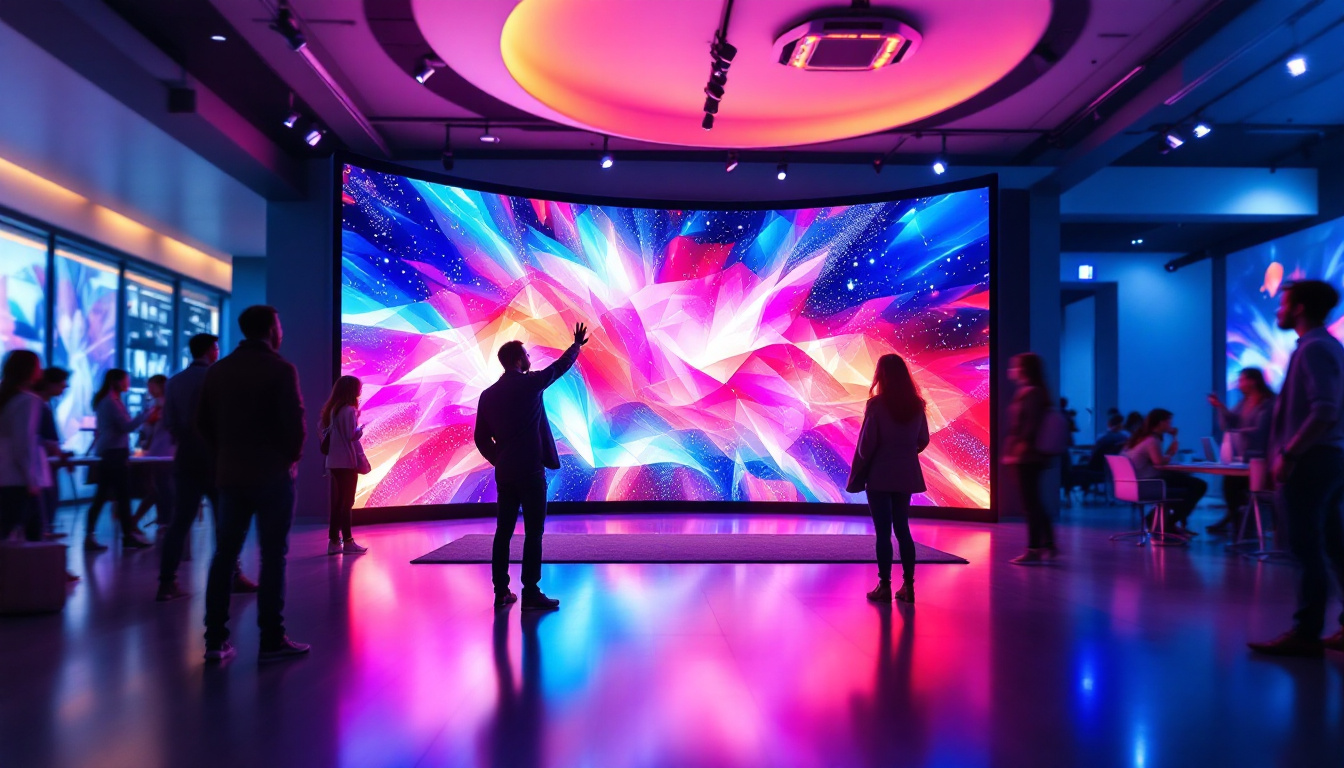In the rapidly evolving world of display technology, the Modular Ultra LED display stands out as a revolutionary advancement. This innovative solution caters to a wide range of applications, from large-scale events to retail environments, offering unparalleled flexibility and visual performance. Understanding the intricacies of Modular Ultra technology can help businesses and consumers alike make informed decisions about their display needs.
What is Modular Ultra LED Display?
The Modular Ultra LED display is a cutting-edge display system that utilizes modular components to create customizable screen sizes and shapes. Unlike traditional displays that come in fixed sizes, Modular Ultra allows users to configure their displays according to specific requirements. This adaptability makes it ideal for various settings, including concerts, conferences, and advertising. The versatility of these displays enables them to fit into both temporary setups and permanent installations, catering to a wide range of applications from retail environments to large-scale events.
In addition to its customizable nature, the Modular Ultra LED display is designed with high-resolution capabilities, ensuring that the visuals are sharp and vibrant. This is particularly important in environments where visual impact is crucial, such as during live performances or promotional events. The technology behind these displays also supports advanced features like high dynamic range (HDR) and wide color gamut, enhancing the overall viewing experience and making the content more engaging for audiences.
Key Components of Modular Ultra
The essential components of a Modular Ultra LED display include LED panels, a control system, and mounting hardware. Each panel is designed to connect seamlessly with others, forming a cohesive display. The control system manages the content displayed, ensuring synchronization across the entire screen. Additionally, the mounting hardware provides the necessary support for different configurations, whether flat, curved, or even 3D. This flexibility allows for creative installations that can transform any space into an immersive visual experience.
Furthermore, the LED panels are engineered for durability and longevity, often featuring weather-resistant designs for outdoor use. This resilience means that they can withstand various environmental conditions, making them suitable for both indoor and outdoor applications. The modular nature of these panels also means that they can be easily transported and set up, making them a favorite choice for touring productions and events that require quick installation and dismantling.
Benefits of Modular Ultra Technology
One of the most significant advantages of Modular Ultra technology is its scalability. Users can start with a small display and expand it as needed, making it a cost-effective solution for businesses. Moreover, the modular design facilitates easy maintenance and upgrades, allowing for quick replacements without the need to dismantle the entire system. This not only saves time but also reduces downtime, ensuring that the display remains operational and effective in delivering content.
Additionally, the energy efficiency of Modular Ultra LED displays is a notable benefit, as they consume less power compared to traditional display technologies. This efficiency not only lowers operating costs but also aligns with sustainability goals, making them an environmentally friendly choice for organizations looking to reduce their carbon footprint. With the ability to deliver stunning visuals while being mindful of energy consumption, Modular Ultra displays represent a forward-thinking solution in the realm of digital signage and visual communication.
Applications of Modular Ultra LED Displays
The versatility of Modular Ultra LED displays enables their use in various industries. From entertainment to corporate environments, these displays serve multiple purposes, enhancing visual communication and audience engagement.
Event and Entertainment Industry
In the event and entertainment industry, Modular Ultra displays are increasingly popular for concerts, festivals, and trade shows. Their ability to create large, dynamic visuals captivates audiences, while the modularity allows for unique configurations that fit any venue. Whether used as a backdrop for performances or as interactive displays for attendees, these LED screens elevate the overall experience. The high brightness and contrast of Modular Ultra displays ensure that visuals remain vibrant and clear, even in outdoor settings or brightly lit environments. Additionally, the integration of real-time content feeds and social media interactions can further engage audiences, allowing them to become part of the event experience.
Retail and Advertising
Retailers are also leveraging Modular Ultra technology to enhance in-store experiences. dynamic advertising displays can showcase promotions, new products, or seasonal campaigns, attracting customers’ attention. The flexibility in design allows retailers to create eye-catching displays that align with their branding and marketing strategies. Furthermore, the use of Modular Ultra displays can facilitate personalized shopping experiences, where targeted advertisements can be shown based on customer demographics or behaviors. This level of customization not only boosts sales but also fosters a deeper connection between the brand and its consumers. As technology advances, the potential for integrating augmented reality features into these displays opens up new avenues for interactive marketing, making the shopping experience more engaging and memorable for customers.
Technical Specifications and Performance
Understanding the technical specifications of Modular Ultra LED displays is crucial for evaluating their performance. Key factors such as pixel pitch, brightness, and refresh rate play a significant role in determining the quality of the display.
Pixel Pitch and Resolution
Pixel pitch refers to the distance between the centers of two adjacent pixels. A smaller pixel pitch results in higher resolution, producing sharper images and finer details. Modular Ultra displays offer various pixel pitch options, allowing users to choose the best fit for their specific application. For instance, a smaller pitch is ideal for close viewing distances, such as in retail environments, while larger pitches may suffice for outdoor events.
Brightness and Contrast
Brightness is another critical specification, measured in nits. Modular Ultra displays typically offer high brightness levels, ensuring visibility even in well-lit environments. Additionally, contrast ratio affects the display’s ability to show deep blacks and vibrant colors, enhancing the overall visual experience. A high contrast ratio is particularly important for outdoor displays, where sunlight can wash out images.
Refresh Rate and Color Accuracy
The refresh rate, measured in Hertz (Hz), indicates how often the display updates the image per second. A higher refresh rate results in smoother motion, which is essential for video content. Furthermore, color accuracy is vital for ensuring that the displayed content appears as intended. Modular Ultra displays utilize advanced calibration techniques to maintain consistent color reproduction across the entire screen.
Installation and Setup
Installing a Modular Ultra LED display involves several steps, from planning the layout to configuring the control system. Proper installation is crucial for achieving optimal performance and longevity of the display.
Planning the Layout
Before installation, it is essential to plan the layout of the display. This includes determining the size, shape, and location of the screen. Factors such as viewing distance, audience size, and environmental conditions should be considered. A well-thought-out layout ensures that the display is both functional and aesthetically pleasing.
Mounting and Configuration
Once the layout is established, the next step is mounting the LED panels. Modular Ultra displays come with various mounting options, including wall mounts, truss systems, and freestanding structures. After mounting, the panels must be connected to the control system, which involves configuring the software and calibrating the display for optimal performance.
Maintenance and Support
Regular maintenance is essential for ensuring the longevity and performance of Modular Ultra LED displays. Understanding the maintenance requirements can help users keep their displays in top condition.
Routine Maintenance Tasks
Routine maintenance tasks for Modular Ultra displays include cleaning the panels, checking connections, and monitoring performance. Dust and debris can accumulate on the surface of the display, affecting image quality. Regular cleaning with appropriate materials helps maintain clarity and brightness. Additionally, checking connections ensures that all components function correctly, preventing potential issues.
Technical Support and Troubleshooting
In the event of technical issues, having access to reliable support is crucial. Most manufacturers of Modular Ultra displays offer technical support services, including troubleshooting guides and customer service representatives. Familiarizing oneself with common issues and their solutions can save time and minimize downtime during critical events.
Future Trends in LED Display Technology
The future of LED display technology is promising, with continuous advancements on the horizon. As technology evolves, Modular Ultra displays are likely to incorporate new features and capabilities that enhance user experience.
Integration with Smart Technology
One of the most significant trends is the integration of LED displays with smart technology. This includes features such as IoT connectivity, which allows for remote monitoring and control of displays. Businesses can manage their content more efficiently, adjusting messages in real-time based on audience engagement and environmental factors.
Enhanced Interactivity
Another trend is the push towards enhanced interactivity. Future Modular Ultra displays may incorporate touch-sensitive technology or gesture recognition, allowing audiences to engage with content in new and exciting ways. This interactivity can create immersive experiences, particularly in retail and entertainment settings.
Conclusion
The Modular Ultra LED display represents a significant leap forward in display technology, offering unparalleled flexibility, performance, and adaptability. Its applications span various industries, making it a versatile solution for businesses looking to enhance their visual communication. By understanding the technical specifications, installation processes, and maintenance requirements, users can maximize the benefits of this innovative technology.
As the industry continues to evolve, staying informed about future trends and advancements will be crucial for leveraging the full potential of Modular Ultra displays. Embracing this technology not only enhances audience engagement but also positions businesses at the forefront of visual communication.
Discover LumenMatrix’s Innovative LED Solutions
Ready to elevate your visual communication with the cutting-edge Modular Ultra LED display technology? Explore LumenMatrix’s comprehensive range of LED display solutions, designed to captivate your audience and amplify your message. From immersive Indoor LED Wall Displays to dynamic Outdoor LED Wall Displays, and from versatile Vehicle LED Displays to engaging LED Sports Displays, LumenMatrix has the perfect solution to meet your needs. Experience the future of digital signage today and check out LumenMatrix LED Display Solutions to revolutionize your visual impact.

